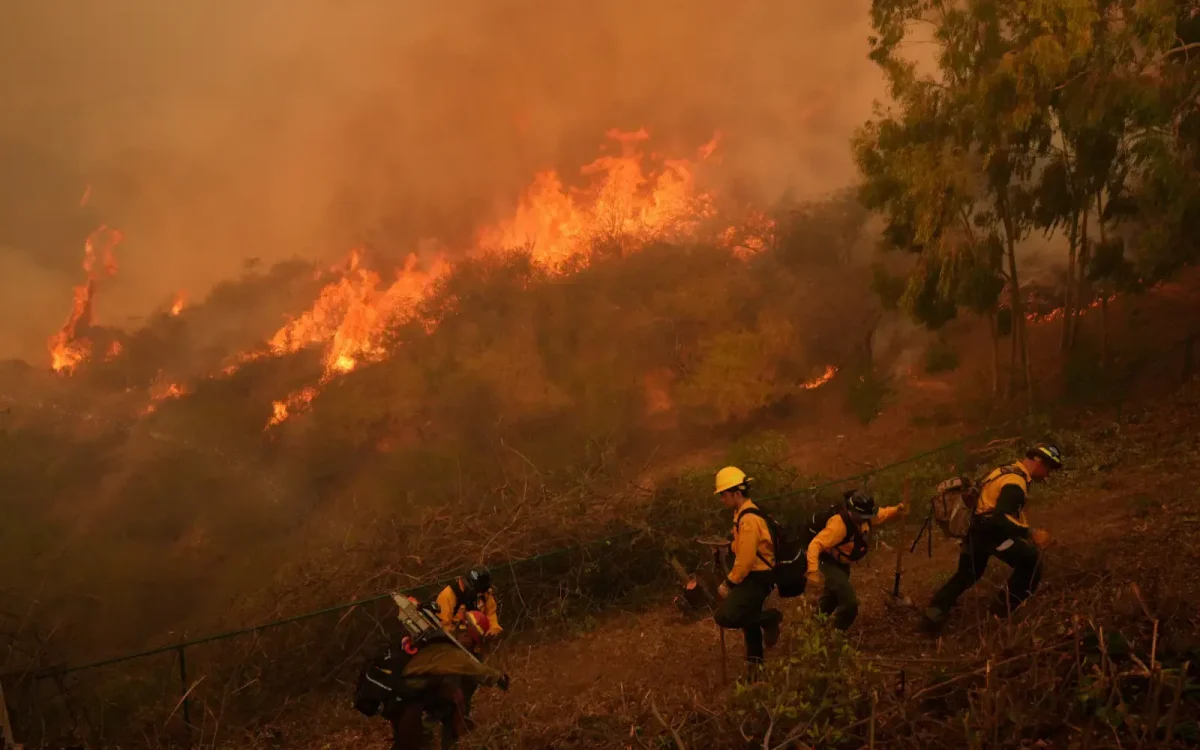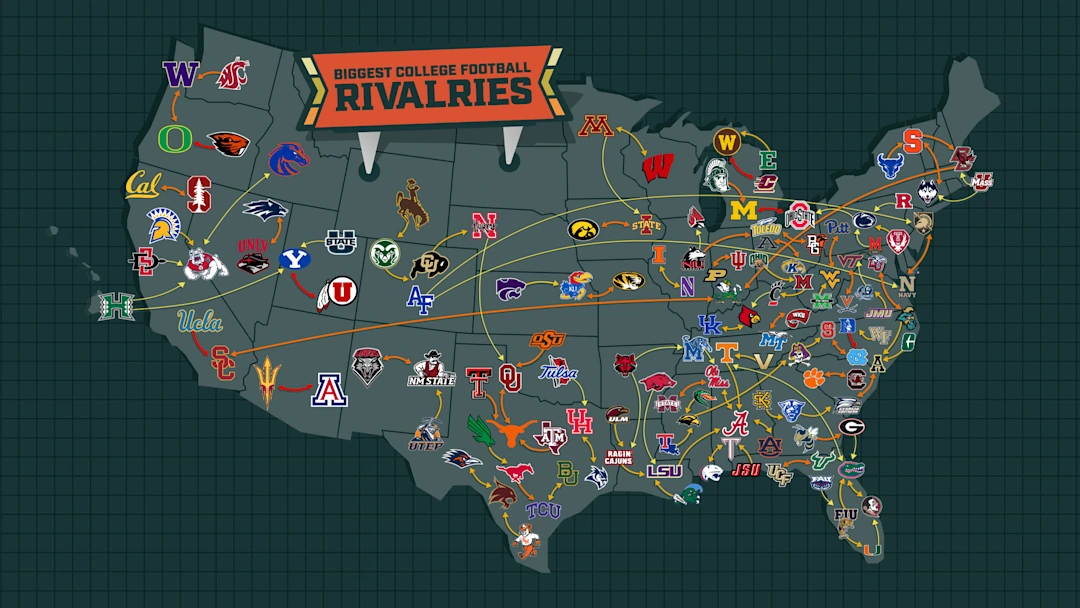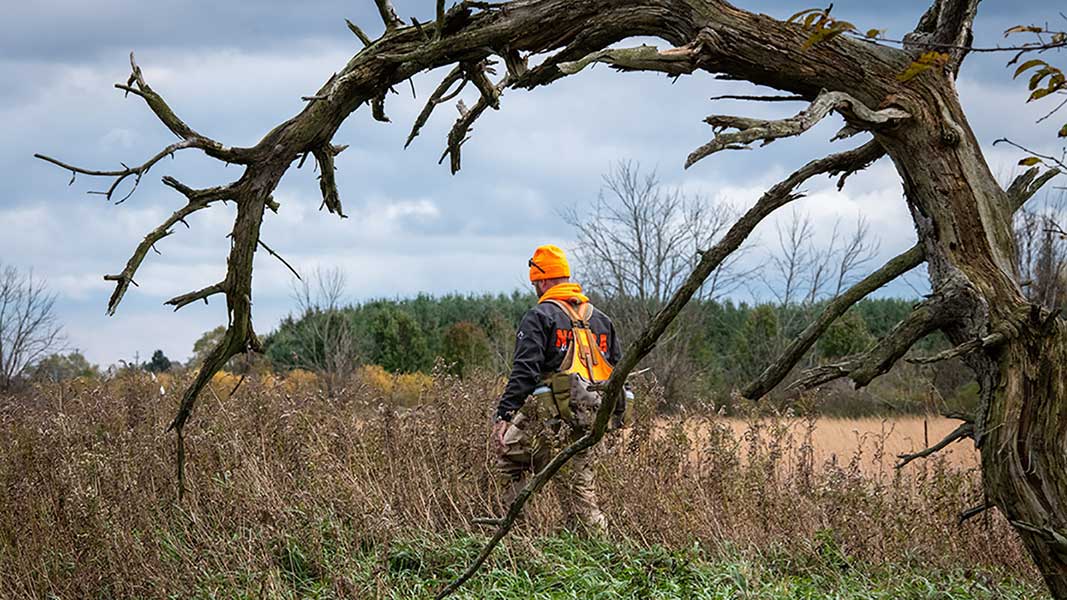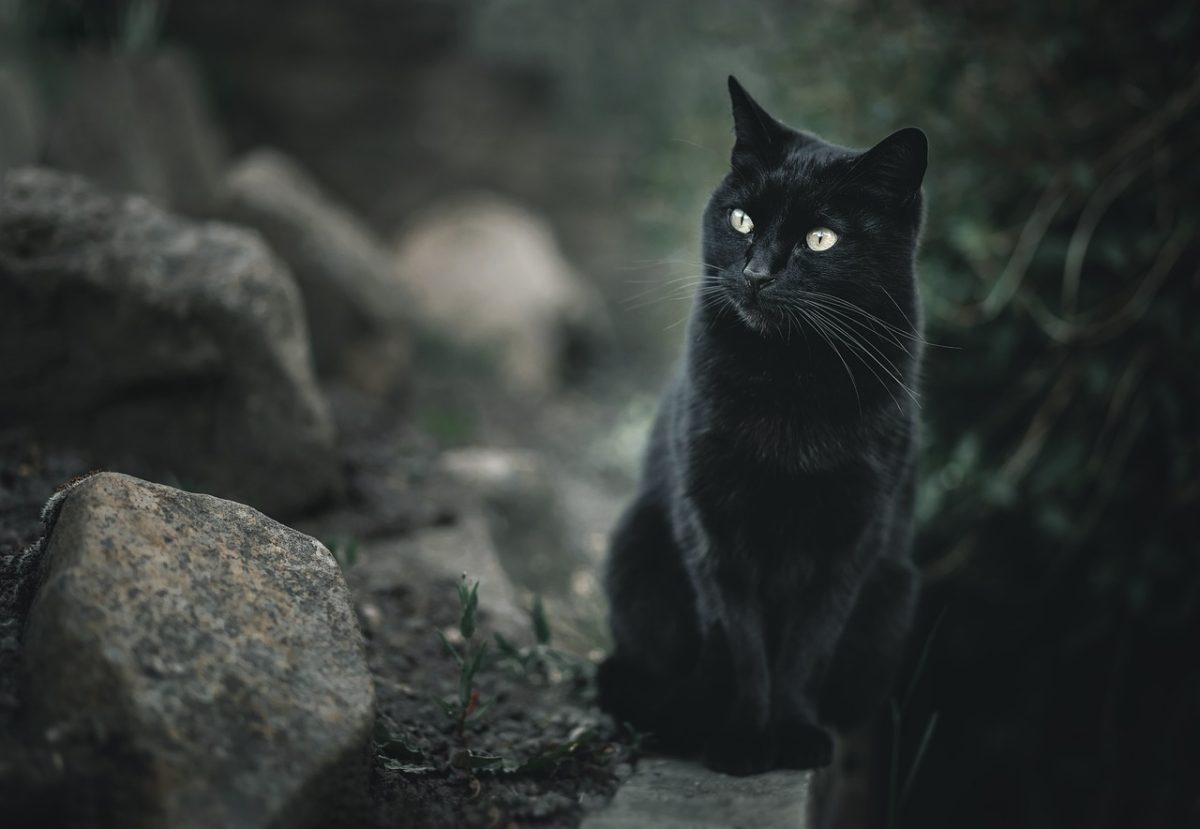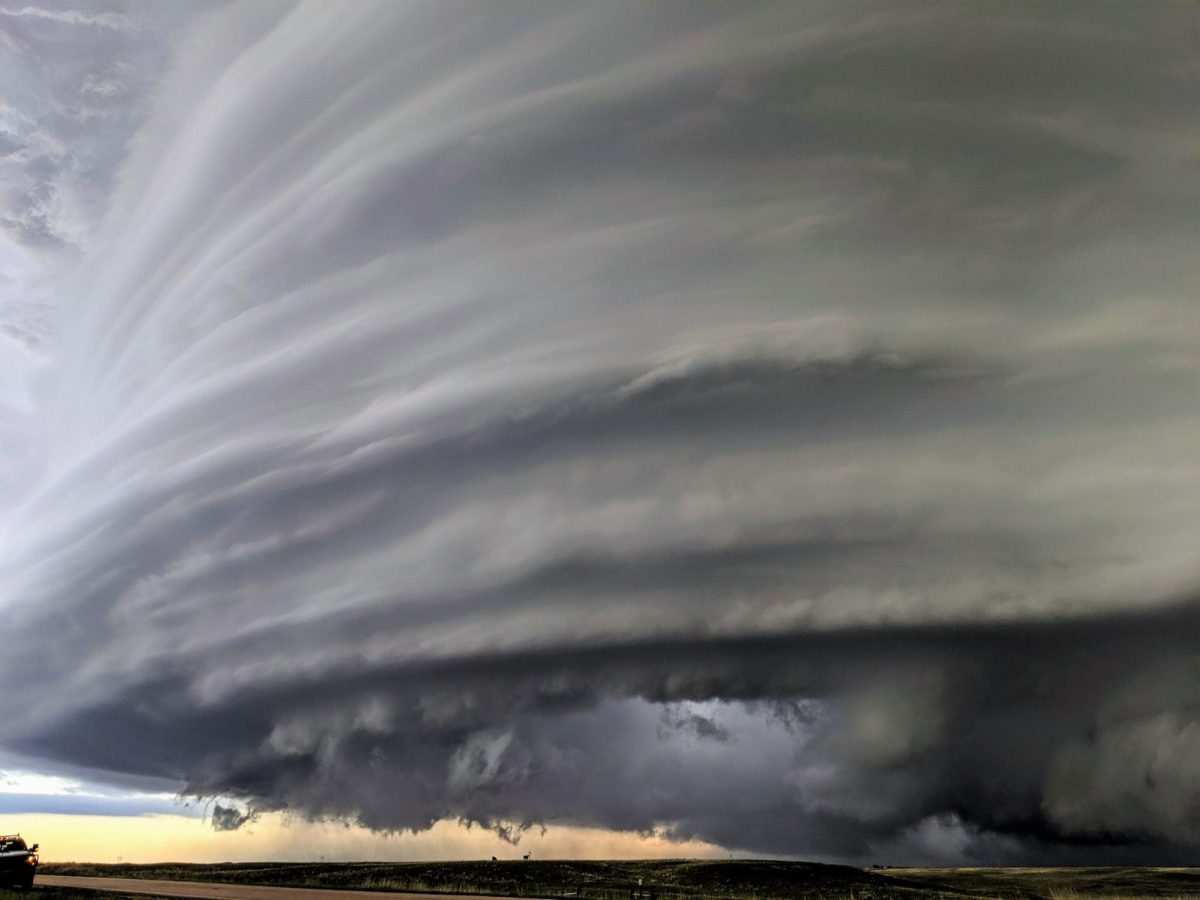The Smokehouse Creek Fire is one of five fires that ignited in the Panhandle at the beginning of March, and as of March 7, has burned more than 1,058,000 acres (roughly 1,655 square miles)—an area larger than the state of Rhode Island—and has spread into Oklahoma. In addition to this fire, three others are have burned Texas in March: the Magenta Fire, the Windy Deuce Fire, and the Grape Vine Creek Fire.
The Panhandle is the largest cattle region in the U.S., and according to state agriculture commissioner, Sid Miller, it is home to about 85 percent of the roughly 12 million cattle in Texas. Here, the fires have devastated many ranches, killing thousands of cows and other animals, charring croplands, and destroying hundreds of homes throughout the small communities in the region, such as Fritch and Canada. Additionally, the fires have claimed the lives of at least two people.
In many parts of Texas, wildfires typically occur during the summer months. However, in the Panhandle region, the greatest risk of fires occurs around March due to rising temperatures, strong winds sweeping across the flat terrain, and the presence of dry grass that easily ignites.
Research has shown that climate change is likely causing the fire season to start earlier and extend longer. This is attributed to an increase in the number of hot and dry days throughout the year, conditions conducive to wildfires.
NOAA’s polar-orbiting JPSS satellites captured high-resolution imagery of the fires. The Visible Infrared Imaging Radiometer Suite (VIIRS) instrument onboard each of these satellites has an imager band with high spatial resolution, at 375 meters per pixel, which allows it to detect smaller, lower temperature fires. VIIRS provides nighttime fire detection capabilities through its Day-Night Band, which can measure low-intensity visible light emitted by small and fledgling fires. VIIRS also contributes to the HRRR-smoke model, which tracks the movement and thickness of wildfire smoke, and provides smoke forecasts up to 24 hours into the future.





